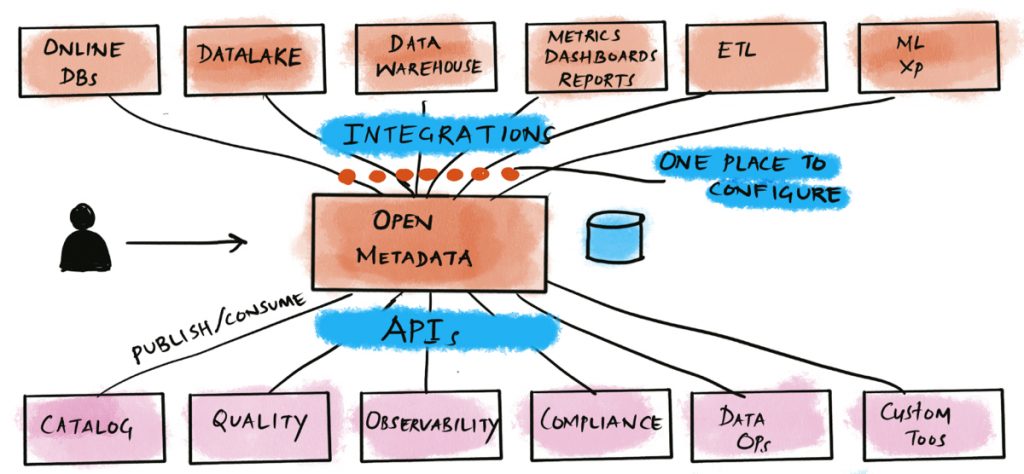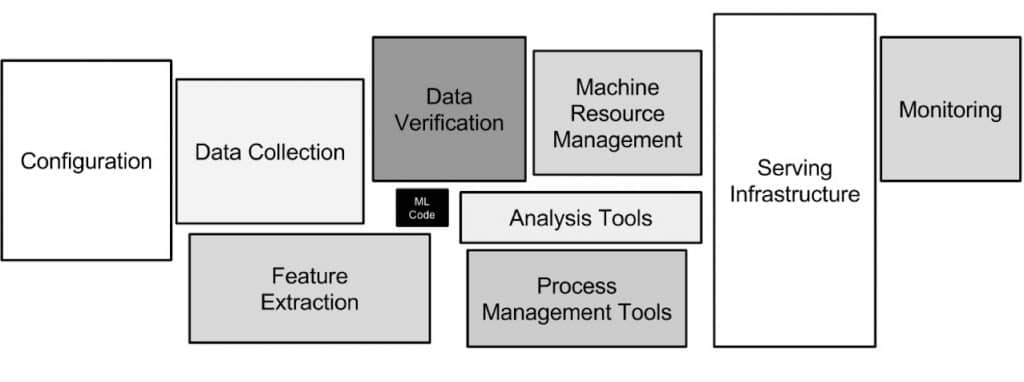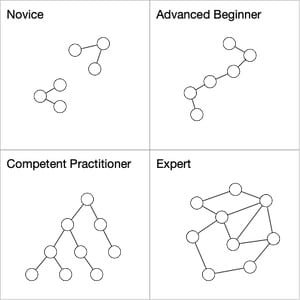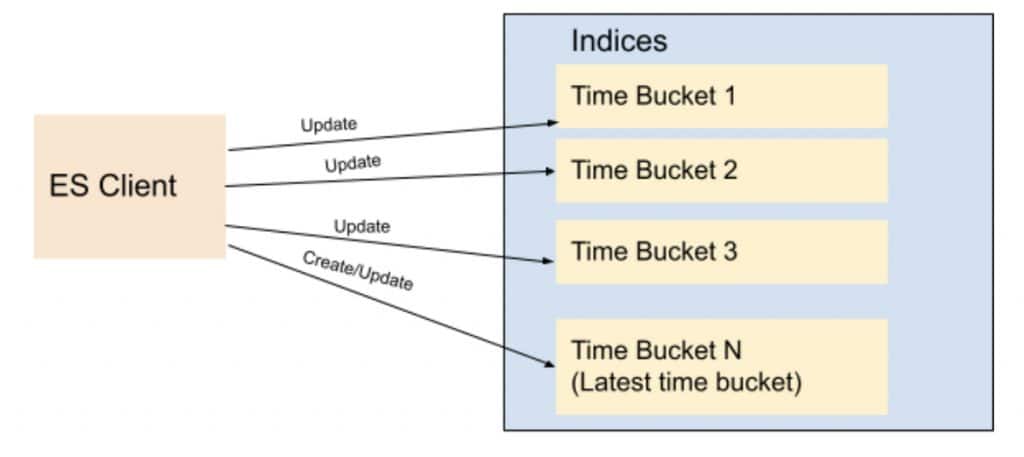This week we have articles from Louise de Leyritz and Suresh Srinivas. News comes from RWS Language Weaver and ServiceNow, Adobe, Progress, and Kentico.
Opinion / Analysis
What If … you had to build a data stack with no-code tools?
Well, not only with no-code tools. Louise de Leyritz’s title is usefully clicky in that it will get you thinking about how no-code tools can contribute to building a modern data stack. In particular, support for data democratization — providing a way for non-technical parts of your organization to gain operational access to critical data. The article looks at the pros and cons, and suggests an appropriate set of no-code tools to consider for data science / machine learning.
https://towardsdatascience.com/what-if-you-had-to-build-a-data-stack-with-no-code-tools-c01380697117
Announcing OpenMetadata
Metadata a a critical component for lots of corporate applications, but how do you manage it in a world of data lakes and hybrid data stacks that need to be shared across different functions? Suresh Srinivas is well placed to tackle this problem having done so at Uber. But he is proposing an open source approach that goes beyond a centralized Metadata Lake to a Metadata Graph. Very interesting.

https://blog.open-metadata.org/announcing-openmetadata-20399b816e60
More reading…
- Dealing with it… BFFs once more, advertisers and publishers rediscover their alliance amid tracking turmoil via Digiday
- Impressive. Be sure to click through to the source… A new dataset for better augmented and mixed reality via Tech Xplore
- Missing school? Stanford “NLP with Deep Learning” is free and open! via TheSequence
- A solution to the innovator’s dilemma?… The most important iPhone ever via Asymco
Content technology news
Language Weaver now available for ServiceNow customers
Supports the translation of most business content: documents, chatbot discussions, email conversations and incident tickets within ServiceNow.
https://gilbane.com/2021/09/language-weaver-now-available-for-servicenow-customers/
Adobe announces Payment Services for Adobe Commerce
Adobe merchants will have access to the integrated payment solution that can easily be managed from their Adobe Commerce Admin.
https://gilbane.com/2021/09/adobe-announces-payment-services-for-adobe-commerce/
Progress releases Sitefinity DX 14.0
The digital experience platform (DXP) has new capabilities for low-code integration, chat-driven engagement, and headless content delivery.
https://gilbane.com/2021/09/progress-releases-sitefinity-dx-14-0/
Kentico updates Kentico Xperience 13
Refresh 3 features include selecting multiple pages using the Content Selector, Widget Zone Restrictions, and Widget Zone Names.
https://gilbane.com/2021/09/kentico-updates-kentico-xperience-13/
The Gilbane Advisor is curated by Frank Gilbane for content technology, computing, and digital experience professionals. The focus is on strategic technologies. We publish recommended articles and content technology news weekly. We do not sell or share personal data.
Subscribe | Feed | View online | Editorial policy | Privacy policy | Contact





